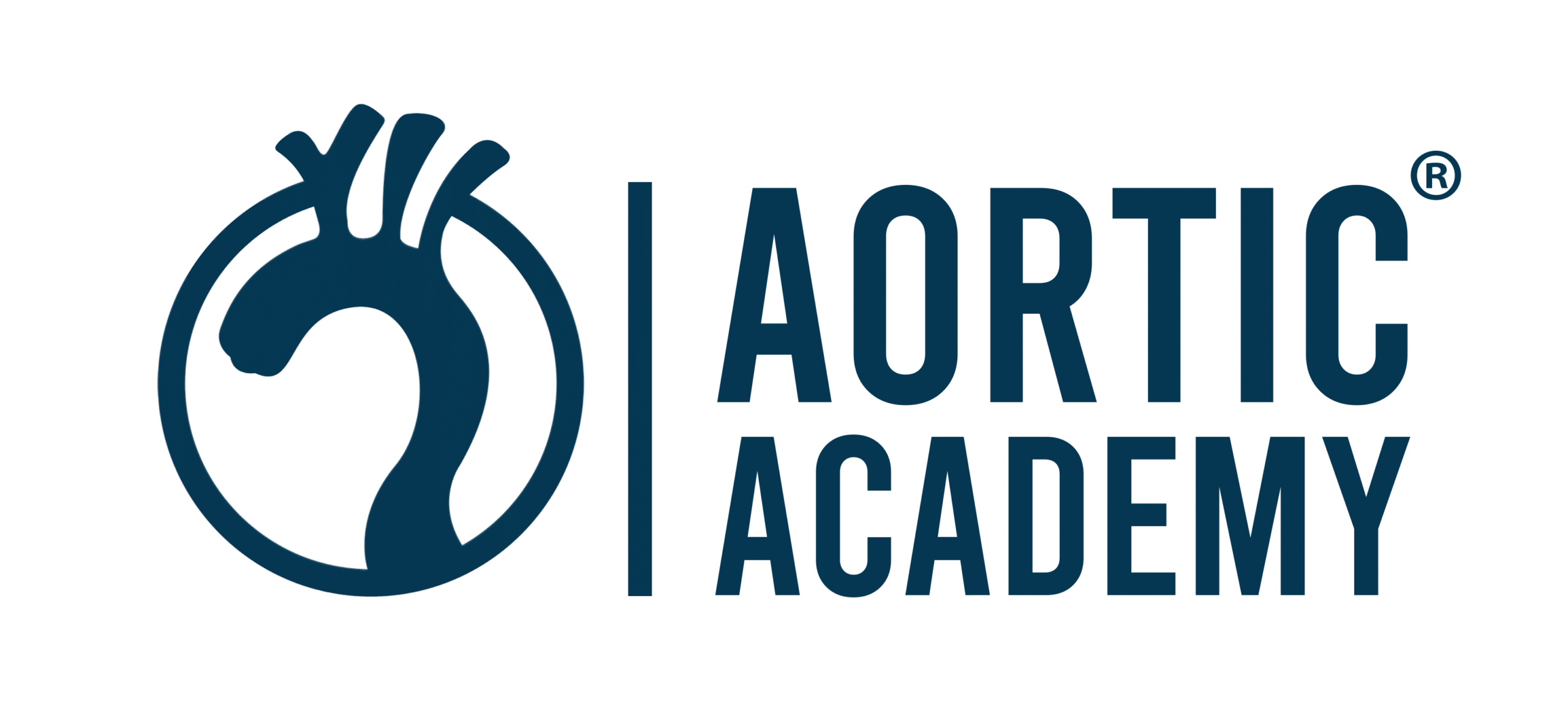About Course
Course Overview – Aortic Aneurysms
-
Comprehensive training on the diagnosis, surveillance, and treatment of thoracic and abdominal aortic aneurysms
-
Reviews pathophysiology, risk factors, and rupture prediction models
-
Covers CTA interpretation, anatomical assessment, and preoperative planning
-
Explains indications and techniques for EVAR, TEVAR, FEVAR, and BEVAR procedures
-
Discusses device selection, access strategies, and complication management
-
Features case-based learning modules and expert-led video sessions
-
Includes current clinical guidelines and outcome-based decision frameworks
-
Provides interactive assessments, downloadable tools, and a certificate of completion (CME/CPD eligible)
About us
Aortic Academy is an advanced educational platform dedicated solely to the diagnosis, treatment, and management of aortic pathologies. Partnering with world-renowned vascular surgeons, interventional radiologists, interventional cardiologists and cardiac surgeons, and trauma specialists, we deliver a blend of: On-demand video modules: Step-by-step procedural demonstrations and device tutorials. Live case transmissions & webinars: Interactive sessions with real-time Q&A. Supporting publications: Clinical guidelines, consensus statements, and peer-reviewed research.
Student Ratings & Reviews




